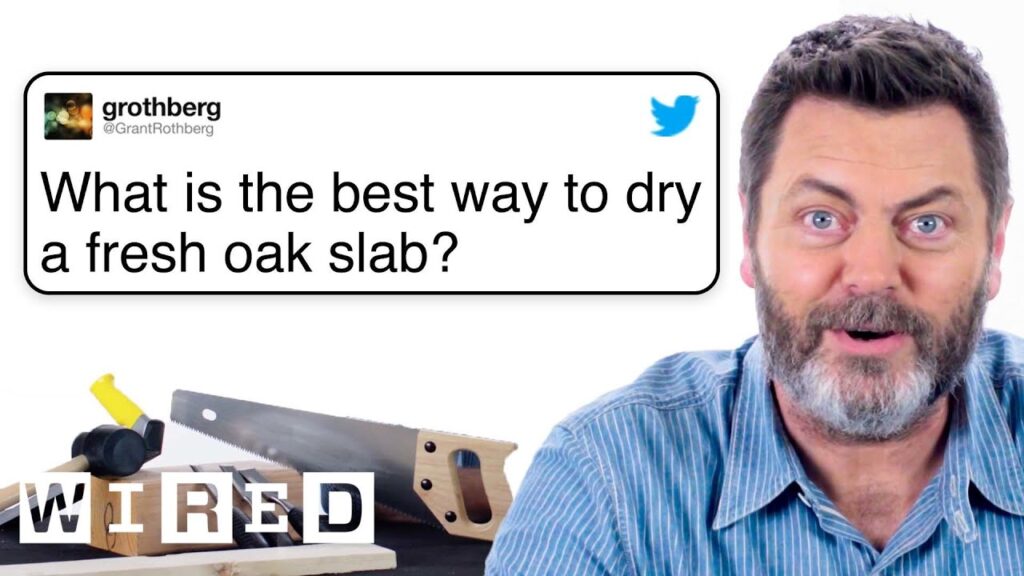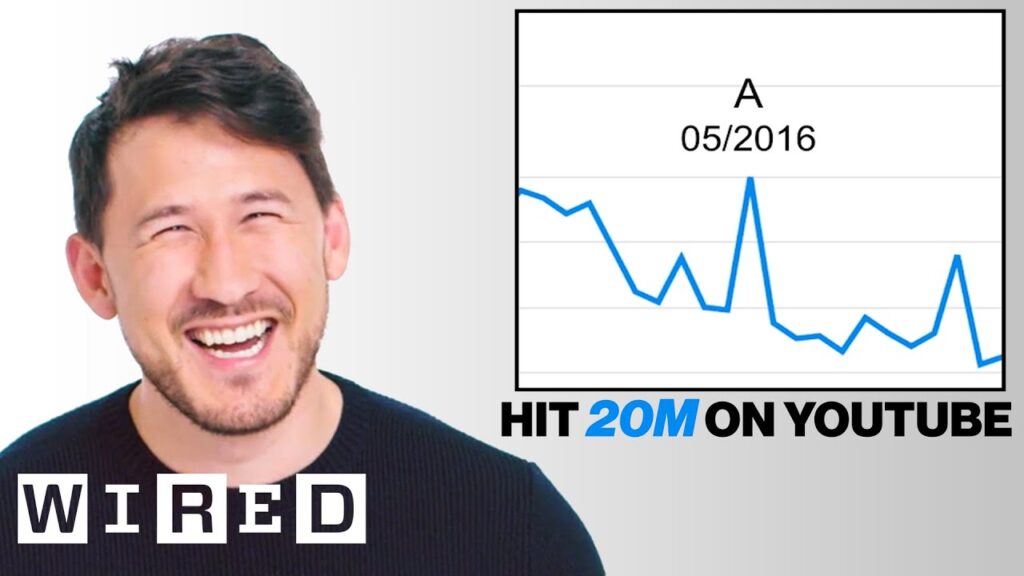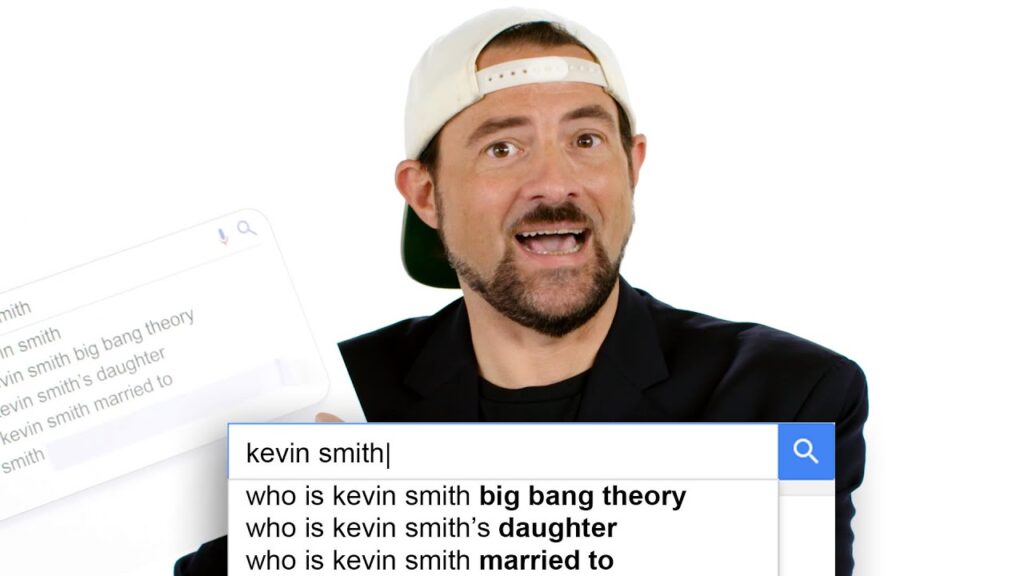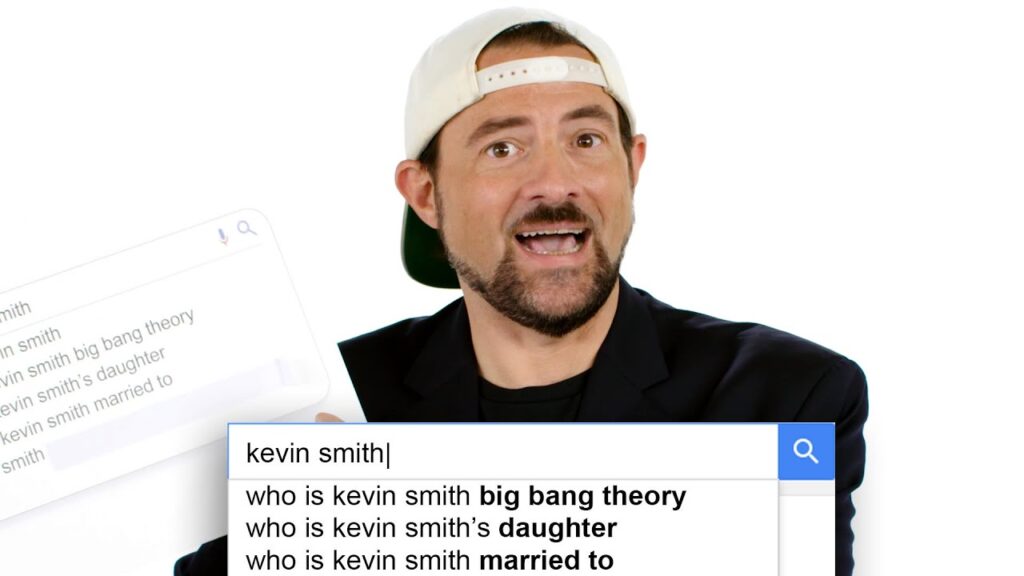Tips for Safely Viewing and Photographing the Solar Eclipse
Summary
On August 21st, 2017, a total solar eclipse will be visible across the United States. However, viewing the eclipse without proper precautions can be dangerous to the eyes. In this Q&A article, we will provide tips on how to safely view and photograph the eclipse, including the use of specialized solar glasses, filters, and equipment.
Table of Contents
- What is a solar eclipse and where can I see it?
- How can I safely view the eclipse with my bare eyes?
- Can I make my own solar filter?
- Can I use a telescope or camera to view the eclipse?
- How can I take a good photograph of the eclipse?
- What are some general tips for capturing the eclipse?
What is a solar eclipse and where can I see it?
A solar eclipse occurs when the moon passes between the Earth and the sun, casting a shadow and blocking the sun’s light. The total eclipse will only be visible in a narrow path from Oregon to South Carolina. If you are in this path, you will experience complete darkness for approximately 2 minutes and 40 seconds. More information can be found at eclipse2017.nasa.gov.
How can I safely view the eclipse with my bare eyes?
It is only safe to look at the eclipse with bare eyes when the sun is 100% obscured. Otherwise, specialized solar glasses are required. These glasses must meet certain safety standards, including certification information with a designated ISO number and a manufacturer’s name and address. They should not be used if they are older than three years or have scratched or wrinkled lenses. NASA has verified five companies that meet these standards, and it is recommended that you only purchase from them. Glasses from these companies are already selling out online, but they may be available at local science museums or planetariums.
Can I make my own solar filter?
It is not recommended to make your own solar filter. Welder’s glass number 14 can be used, but it must be number 14 or higher, as most welder’s goggles use glass number 4 or 5 which is not enough protection. Alternately, you can use thick black construction paper wrapped around the outer tube of your lens and taped together. This can be glued onto a sheet of solar filter from one of the verified companies or onto a flat piece of number 14 welder’s glass.
Can I use a telescope or camera to view the eclipse?
Using a telescope, binocular, or SLR camera to view the eclipse without proper precautions can be very dangerous. You must use a solar filter that has been specifically designed for your equipment. These filters can screw directly onto your telescope’s or camera’s lens. If you don’t have a filter, you can try using thick black construction paper and solar filter as described in the previous question. Remember to never look through the viewfinder of your camera, as the sun’s light can damage the eyes.
How can I take a good photograph of the eclipse?
If you are using a DSLR camera, do not look through the viewfinder. The sun’s light can damage the eyes. Instead, use the live view mode on your camera’s LCD screen. A full-frame mirrorless camera like Sony’s A7R I can be used in place of a DSLR camera, as it has only a high-resolution screen on the viewfinder. Select a long lens for close-up images or capture the setting in the foreground to create a unique image. Use the camera’s native ISO and a fast shutter speed while the sun is still visible.
What are some general tips for capturing the eclipse?
While the sun is still visible, use a fast shutter speed and once it has completely disappeared, you can start using a longer exposure. However, keep in mind that the brightness of the corona will vary widely, so try a variety of shutter speeds. Most cameras have native ISOs of 100 or 200, and you should use this as a baseline. Finally, don’t forget to enjoy this unique and once-in-a-lifetime experience, and stay safe.
Conclusion
The solar eclipse is an incredible and unique experience that should be enjoyed by everyone. However, it is important to remember that proper precautions must be taken when viewing or photographing the eclipse. Follow these tips to stay safe and capture stunning images of this rare event.







